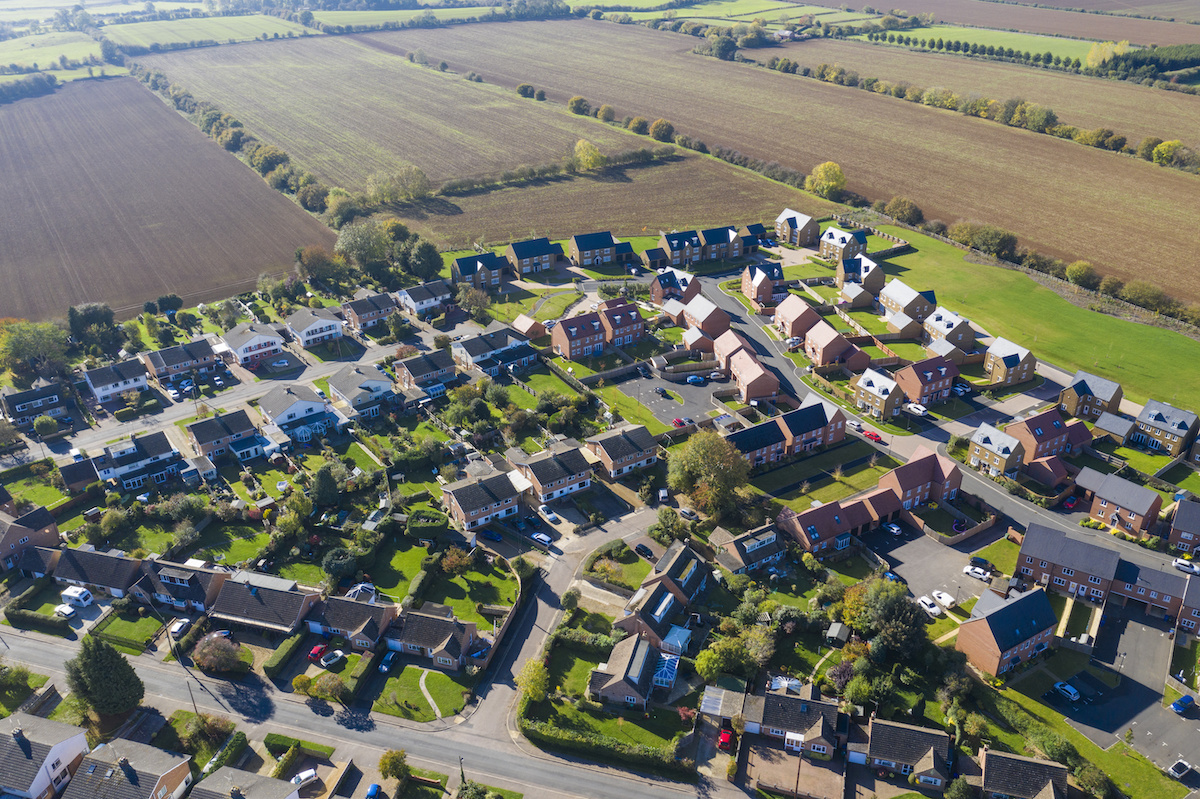A new study by the Federal Reserve sought to discover how much the drop in inventory contributed to rising home prices. The Fed analyzed data from Redfin, Zillow, and the US Census Bureau to examine the cause for rising housing prices and to what extent the pandemic affected costs, but results varied greatly. Some counties reported 60% year-over-year declines for inventory, others saw 30% drops, says MarketWatch. The Fed surmised that there were several factors that played a role in inventory decline, such as a local government’s response to the pandemic, COVID-related deaths and illnesses, and politics.
“The sharp drop in listings coincided with the early stages of the pandemic and lockdowns enacted by state and local governments to restrain the spread of COVID,” the researchers wrote. “Fear of COVID as well as these lockdown measures may have contributed to the decline in listings as homeowners became reluctant or unable to list their homes.”
Two factors were particularly correlated with the sharpest declines experienced nationwide. Counties with higher numbers of COVID-related deaths and hospitalizations were shown to have larger declines in the number of homes put up for sale. Notably, 100 more COVID-related deaths per 100,000 people was associated with a five-percentage-point decline in listings.
Politics also played a role, though, as researchers learned. Separate studies have shown that Democratic-leaning people were more likely to engage in social distancing. When the Fed researchers controlled for COVID hospitalizations, they found that lockdowns and voluntary social distancing were associated with greater declines in home listings. Therefore, Democratic areas likely saw greater shocks to their housing inventory.
As for the effect the drop in listings had on prices, the impact has varied over time. Counties with the largest declines in new home listings did experience larger gains in home price appreciation in the second half of 2020. But the effects were fleeting.













